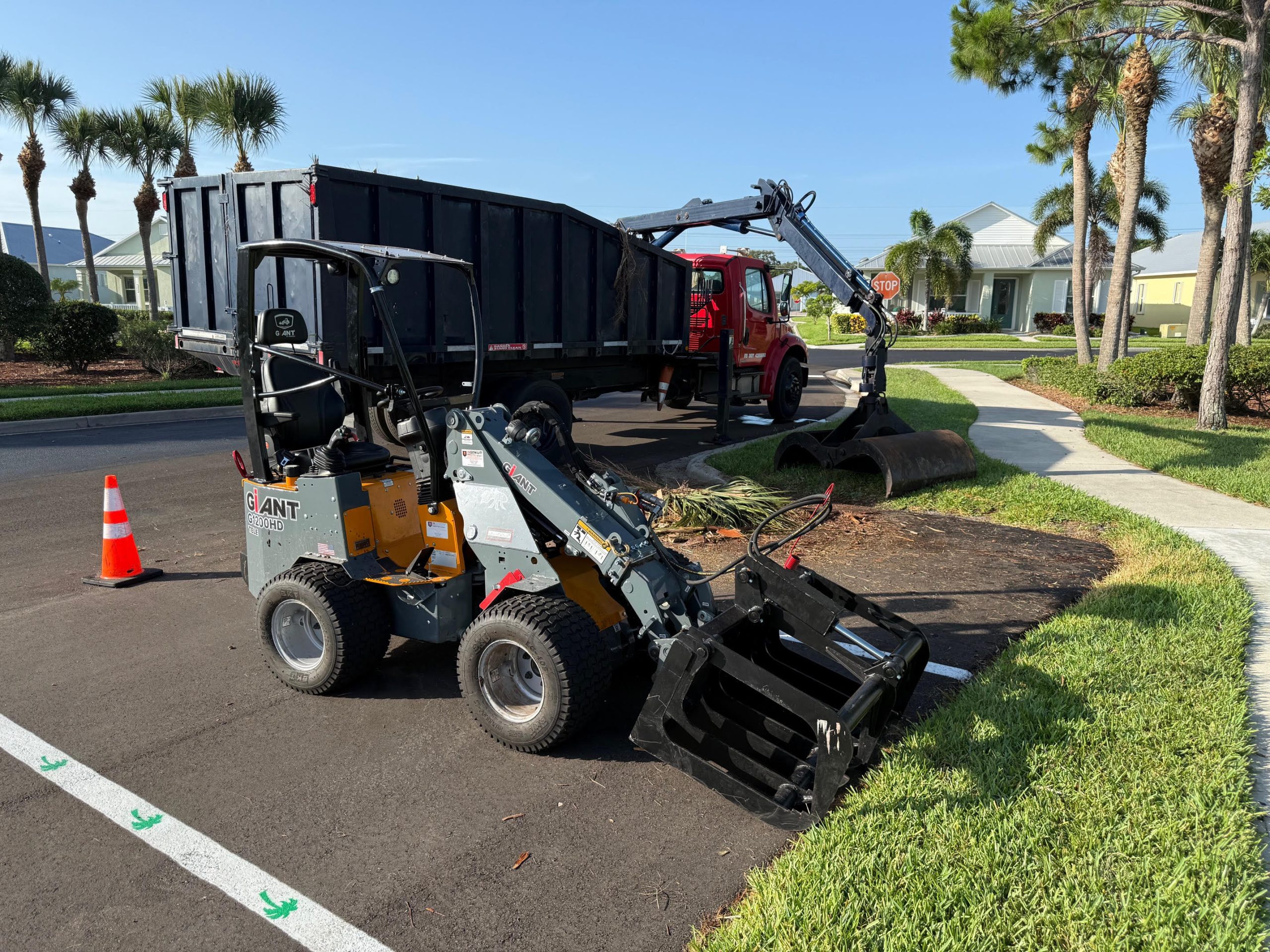We Promise: Straight answers on what it really costs, and what drives it up or down.
TL;DR
- What you’ll learn: Typical costs, price drivers, and real examples in Brevard County.
- Best timing: Dry, mild weather with good access; emergency work costs more.
- Typical price: $350–$3,500+ per tree (size, risk, access, equipment).
- Most Brevard removals: $800–$2,200.
- Small ornamental trees: $350–$750.
- Large/complex trees (near roofs, power, or over pools): $2,200–$5,500+.
- Stump grinding: usually $125–$450 (size/access).
- Emergency/storm work: add 20–60% for mobilization and risk.
- Do: Get a site-specific estimate that explains risk, access, equipment, cleanup.
- Don’t: Approve the “cheapest” bid without proof of insurance and a clear plan.
Table of Contents
- The quick answer
- 60-second tree decision checklist
- How pricing works (size • risk • access • equipment)
- What makes price go up/down
- FAQ
The Quick Answer
Over the last 30+ years of serving Brevard, Florida we see the full mix – tight side yards with pool cages, live oaks leaning over roofs, and storm-damaged laurel oaks near service drops. Two removals can look similar from the street yet be thousands of dollars apart!
The difference is risk (what we can hit), access (what we can fit), and equipment (what we must bring). This guide shows actual price ranges and exactly how we build a quote – so you can plan, compare, and choose the smartest option for your residential and commercial properties.
60-Second Tree Decision Checklist
- Is it dead, dying, or dropping large limbs?
- Is there a lean toward a target (roof, street, neighbor)?
- Fungus, cavities, or big bark cracks at the trunk/base?
- Roots lifting sidewalks/driveways or impacting septic?
- Storm season approaching and you’re unsure of structure?
If you answered yes to any of these, it’s best to book an on-site opinion now, before it costs 5x more later in damages.
How We Price (the four levers)
1) Size & Species
Trunk diameter, total height, and branching style change the difficulty. Live oaks are dense/heavy; laurel oaks are taller and often decayed inside.
2) Risk & Targets
What can we hit if something goes wrong? Roofs, screens, neighbors’ yards, AC units, vehicles, septic fields. More targets = more rigging, time, and crew.
3) Access & Cleanup
Can we back a chipper close? Do we hand-carry through a pool screen door? Is there room for a mini skid or loader? Tight access increases labor.
4) Equipment Required
- Standard climb/rig: baseline price.
- Bucket truck: adds speed and safety when reachable.
- Crane: safest for big or overbuilt areas; higher day-rates but often faster overall.
Pro Tip: Traffic control / utility coordination: adds planning & cost.
What Moves the Price (Up or Down)
Price Up
- Over roofs/pool cages or near power/service drops
- Bad access (narrow gates, long carries, septic fields)
- Decay/instability requiring slow, small cuts
- Crane or specialty gear
Price Down
- Wide, open drop zones
- Drive-up chipper/log access
- Combine multiple trees (economies of scale)
- Opting for “logs left on site” or DIY cleanup (when safe/allowed)
Pro tip: A crane sometimes reduces total cost by cutting crew hours and risk – especially for big live oaks boxed in by structures.


